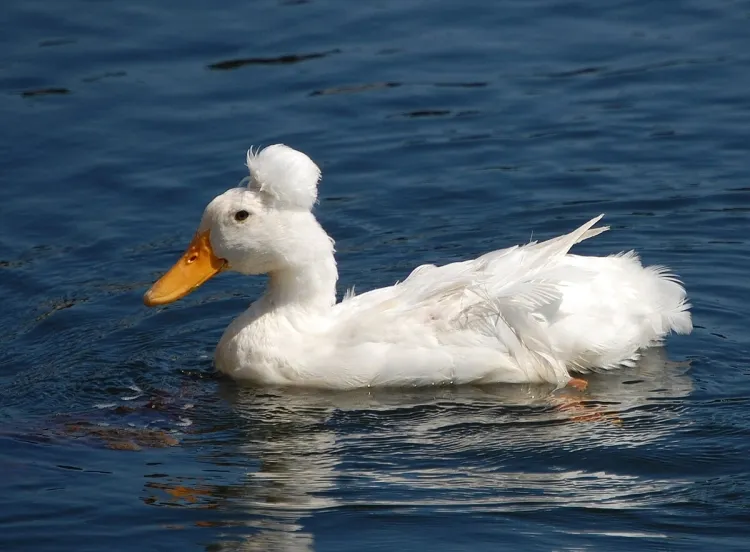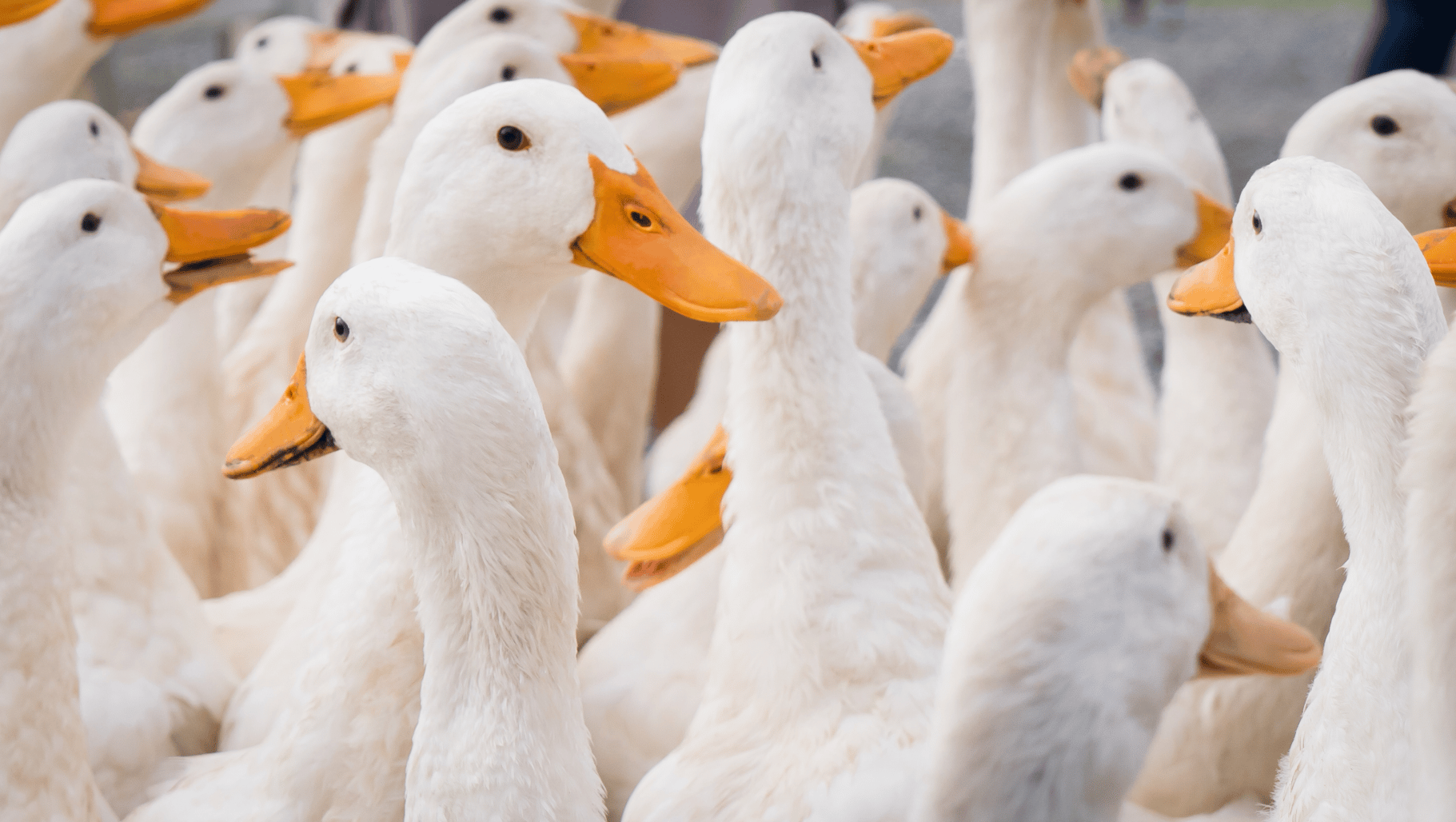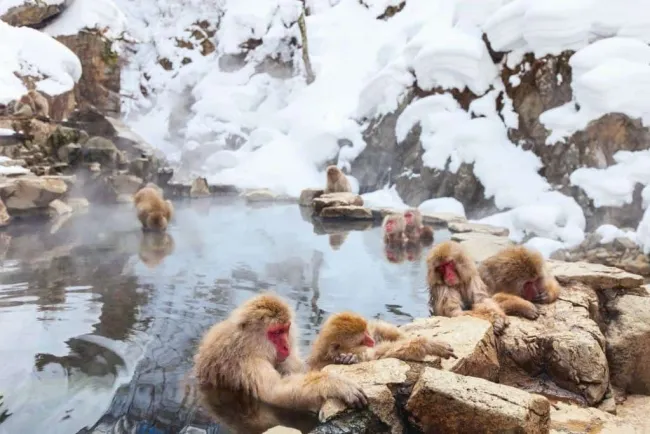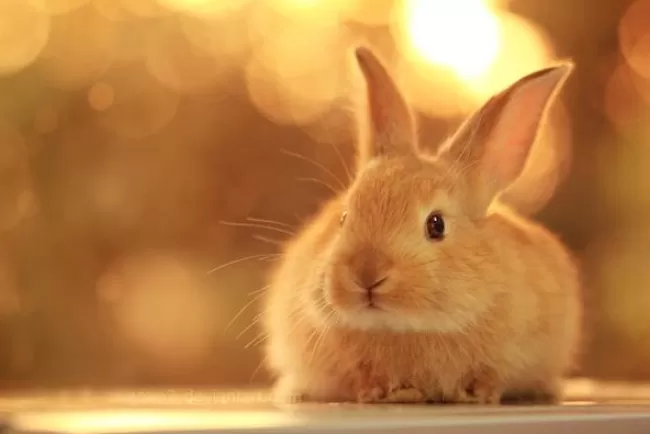Ducks: Diverse, Adaptable, and Vital to Ecosystems Worldwide...!!!
Ducks are captivating birds that belong to the Anatidae family, which also includes swans and geese. With numerous species, each exhibiting distinct characteristics and adaptations, ducks inhabit diverse environments around the globe, such as freshwater lakes, rivers, ponds, marshes, and coastal regions. Known for their signature quacking sounds, webbed feet, and varied plumage, ducks are a prominent feature of many ecosystems.

Physical Characteristics
Ducks display a wide array of sizes, colors, and shapes depending on their species. Typically, ducks possess a broad, flat bill ideally suited for their feeding practices, featuring serrated edges that aid in filtering food from water. Their webbed feet are designed for efficient swimming, allowing them to navigate through water seamlessly. The positioning of their legs towards the rear of their bodies gives ducks their distinctive waddling walk on land.
Male ducks, called drakes, often boast vibrant and colorful plumage, especially during the breeding season. This striking coloration is meant to attract females, who usually have more subdued and camouflaged feathers to protect them while nesting. Common color patterns include green, blue, and iridescent feathers. For instance, male Mallards (Anas platyrhynchos) are known for their green heads, yellow bills, and chestnut-brown chests, while females exhibit mottled brown plumage.
Habitat and Distribution
Highly adaptable, ducks can thrive in a variety of environments ranging from temperate to tropical regions. They are commonly found in freshwater habitats like lakes, rivers, ponds, and marshes, though some species also reside in coastal areas and estuaries. Migratory ducks undertake extensive journeys between breeding and wintering grounds, often flying in V-shaped formations to conserve energy. These migrations can span thousands of kilometers and are guided by the Earth's magnetic field, celestial cues, and landscape features.
Diet and Feeding Behavior
As omnivores, ducks have a varied diet that depends on their species and habitat. They mainly consume aquatic plants, insects, small fish, and invertebrates. Dabbling ducks, such as the Mallard, feed at the water's surface by tipping forward to reach submerged vegetation and small organisms. In contrast, diving ducks plunge beneath the water's surface to catch fish and other prey. Some species, like the Northern Shoveler (Spatula clypeata), use their broad bills to sift through mud and water, filtering out food particles.

Breeding and Nesting
Duck breeding behavior is diverse and can involve elaborate courtship displays, vocalizations, and territorial defense. Male ducks often perform striking visual displays and intricate dances to attract females. Once a pair bonds, they typically remain together for the breeding season, though some species may form long-term pair bonds.
Ducks generally build their nests close to water, using materials like grasses, reeds, and down feathers. The female lays a clutch of eggs, which she incubates for about three to four weeks. The number of eggs in a clutch can vary widely, with some species laying up to 12 eggs. Ducklings are precocial, meaning they hatch with their eyes open and are covered in down feathers. They can leave the nest and follow their mother to water shortly after hatching.
Importance to Ecosystems
Ducks play a vital role in their ecosystems by contributing to the health and balance of wetland environments. They help control insect populations, disperse plant seeds, and contribute to nutrient cycling through their feeding and excretion habits. As prey, ducks provide an essential food source for various predators, including birds of prey, mammals, and reptiles.
Conservation and Threats
Numerous duck species face threats from habitat loss, pollution, hunting, and climate change. Wetland drainage and degradation have significantly impacted duck populations worldwide. Conservation efforts, such as habitat restoration, protected areas, and sustainable hunting practices, are crucial for the survival of these remarkable birds.
Organizations like Ducks Unlimited and the Audubon Society work diligently to protect and preserve duck habitats through research, advocacy, and on-the-ground conservation projects. Public awareness and support are essential in safeguarding the future of ducks and their habitats.
In conclusion, ducks are intriguing and diverse birds that play an integral role in maintaining the health of wetland ecosystems. Their adaptability, unique behaviors, and captivating appearances make them a beloved subject of study and admiration for bird enthusiasts and nature lovers. By understanding and protecting these incredible creatures, we contribute to the preservation of the natural world and its intricate web of life.
What's Your Reaction?
















